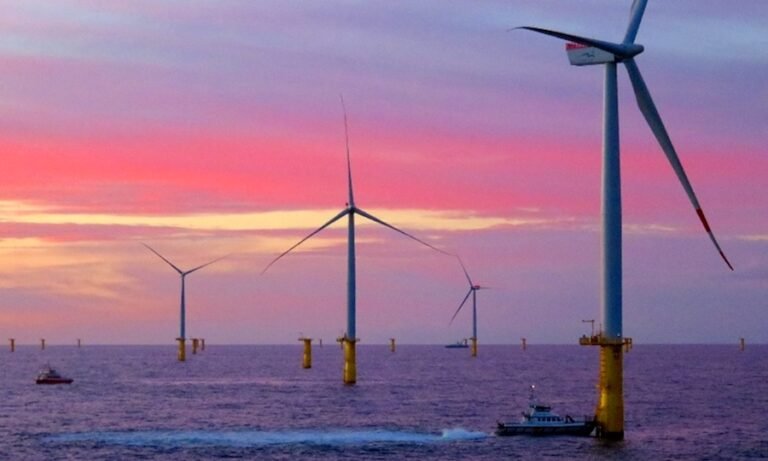The US Offshore Wind Sector Faces Setback as EDP Renewables Postpones Southcoast Wind Project
The US offshore wind sector has been dealt another blow as EDP Renewables, a leading renewable energy company from Portugal, announced the postponement of its Southcoast Wind project by four years. This decision comes amidst challenges faced by the industry, including regulatory uncertainties and policy changes.
EDP Renewables revealed during its investment community conference call the decision to delay the Southcoast Wind project, which was previously known as Mayflower Wind. Despite being fully permitted in January this year, the project is now facing a setback in its timeline.
The 2.4GW offshore wind project off the coast of Massachusetts was originally set to commence construction in 2025 with an operational target of 2030. However, due to recent developments, construction is now slated to begin in 2029. The decision to postpone the project was driven by the need to take a more cautious approach in light of current executive orders and permit reviews.
While EDP Renewables emphasized that it does not intend to abandon the Southcoast Wind project, the company acknowledged the need for prudence in navigating the evolving regulatory landscape. Final negotiations with Massachusetts, financing arrangements, and interconnects were all in place, indicating the project’s advanced stage of development.
Ocean Winds, a joint venture between EDP Renewables and Engie, also holds leases for other offshore wind projects, including the Bluepoint Wind and the Golden State Wind projects in New York Bight and California, respectively. The postponement of the Southcoast Wind project reflects broader challenges faced by developers in the US offshore wind market.
Recent developments in the sector, such as EDF’s write-down of $940m in the Atlantic Shores project and BP’s withdrawal of its application for the Beacon Wind project, underscore the complexities and uncertainties that developers are currently grappling with. The offshore wind industry in the US continues to face hurdles despite its significant potential for clean energy generation.
As stakeholders navigate changing regulatory environments and policy dynamics, the future of offshore wind development in the US remains uncertain. The postponement of the Southcoast Wind project highlights the need for strategic planning and adaptability in the face of evolving challenges.

